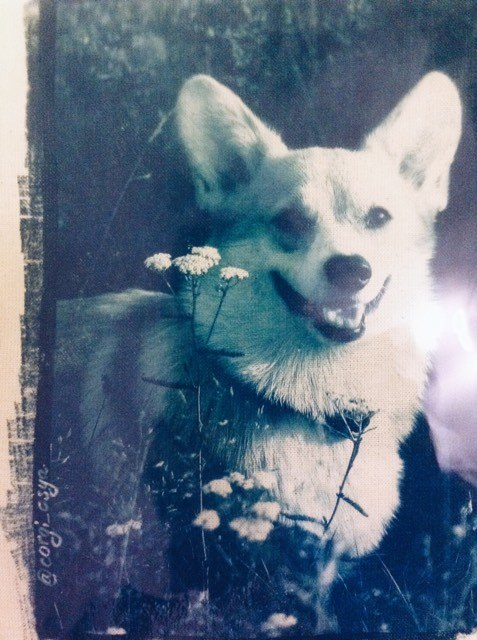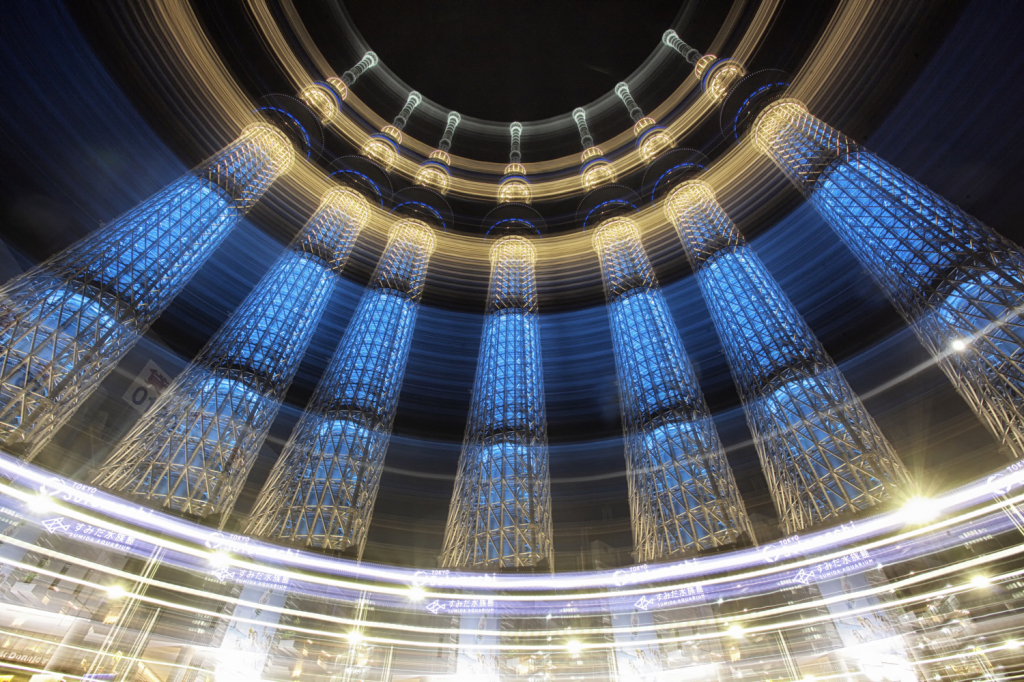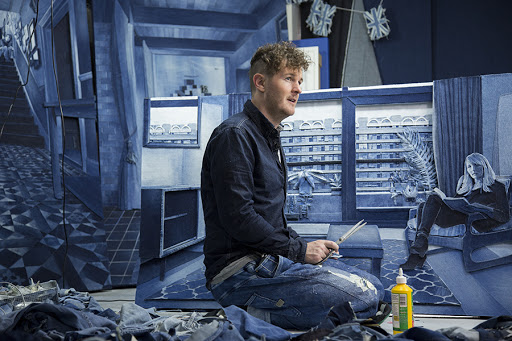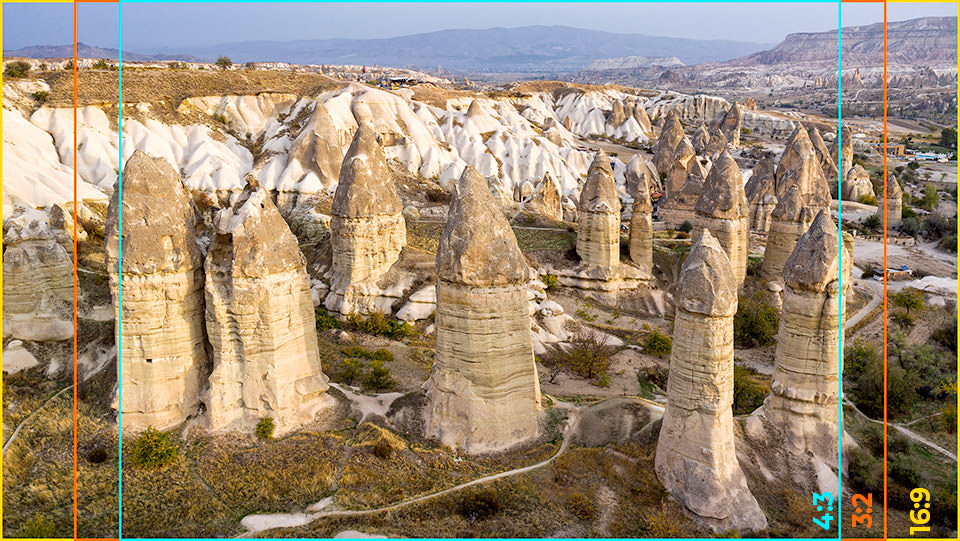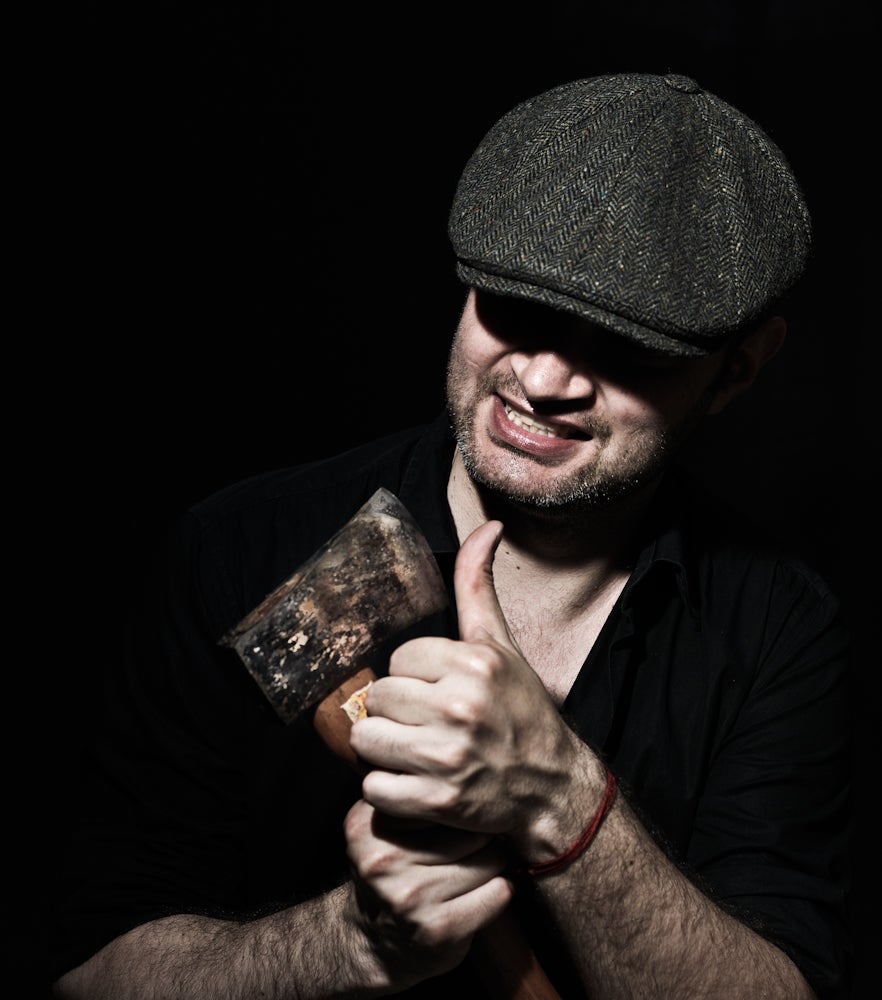AMAZING FISHEYE LENS WORLD
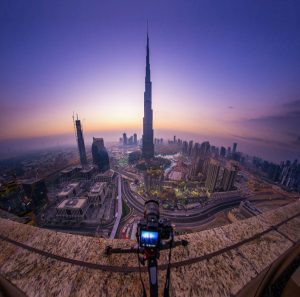 Fisheye lenses have a very short focal length, which gives them an extremely wide viewing angle. This means that the image is becoming wider than realistically possible. The edges of the image are distorted, making the photo spherical. Everything that is nearby becomes very large in the frame, and everything at a distance becomes extremely small.
Fisheye lenses have a very short focal length, which gives them an extremely wide viewing angle. This means that the image is becoming wider than realistically possible. The edges of the image are distorted, making the photo spherical. Everything that is nearby becomes very large in the frame, and everything at a distance becomes extremely small.
Such lenses have a focal length of less than 12 mm. The smallest focal length for them is 7.5 mm. They are available for both SLR and mirrorless cameras. In addition, there is also a selection of special fisheye for smartphones.
Often distortion can be annoying. But this is not necessary at all – with proper use, a fish eye can be visually pleasing and even preferable to a conventional wide-angle lens. Try using distorted lines and curves to bring the viewer’s eye to the right place in the image.
Fisheye lenses
In this classic Hong Kong photo, slightly distorted buildings blend well with the curved shapes of the roads below.
The name fisheye comes from a wide viewing angle, similar to the perspective of the fish eye that these lenses produce. Fisheye lenses were originally developed for use in meteorology to study the sky and cloud formations, due to their ability to capture the entire sky in a spherical image. Such a lens can give images more artistry, drama or humor, and they also have a large depth of field.
Fisheye lenses
There are two main types of fisheye: circular and full-frame fisheye, which give different results.
Fisheye lenses
Circular fisheye
Such a model typically captures a viewing angle of 180 degrees or more, which is projected as a circle inside the image frame. The image is very distorted, and this will be more noticeable depending on how close the objects are to the lens and where they are located in the frame.
Fisheye lenses
Gray line = image circle, red line = image frame
Fisheye lenses
Full-frame fisheye
This type of lens creates an enlarged circle of the image, covering the entire frame. Because of this, the angle created by the lens is only 180 degrees when measured from corner to corner. This type of fish eye is most commonly used by photographers.
Sometimes fisheye lenses can be used as super wide angle lenses. If the recorded landscape without straight lines (without buildings, trees, telephone poles, etc.), it may be possible to position the lens so that it works as wide-angle. Just make sure the horizon line is in the middle, then it will be as close to the line as possible. This will allow you to get an almost 180-degree view of the scene, avoiding a distorted view.
When using fashi, the following should be noted: the further you move the object or line to the edge of the frame, the more it is distorted. Given the above-described behavior of the horizon in this case, try to exaggerate the distortion and place the horizon dangerously close to the top of the frame. Just be careful, as you may accidentally grab the legs at the bottom of the frame.
Since the fisheye usually bends straight lines, if you photograph round shapes, the bend may become less noticeable. Check it out at pipes, round stairs, intersections, etc.
Fisheye lenses
You will also get an interesting effect with lines if you direct fisheye fully or partially upwards (while the earth remains in the frame)
Try also taking extreme wide-angle selfies or portraits. The main condition in this case: do not place the subject too close to the edge, otherwise too much distortion will result.
A fisheye is a lens with a fixed focal length, which means that you cannot adjust it. Thus, if necessary, you can play the role of zoom for the lens. Be sure to change perspective and experiment with different angles and lines. Get low on the ground, even if it means lying on your stomach in gravel on a railroad track. Lean against the wall and use lens distortion to wrap the wall around the frame.
You will be amazed at how many interesting things you can see on the screen of your camera compared to what you see with your eyes. Have fun!
Fisheye lenses fisheye lenses fisheye lenses fisheye lenses fisheye lenses fisheye lenses
